Turmeric
How to submit an article:
- Registered users can submit any published journal article that has a unique DOI (Digital Object Identifier) name or link to Research Hub.
- For example, you can paste the full DOI link:
https://doi.org/10.1109/5.771073or just the DOI name:10.1109/5.771073into the field above and click submit. - The person who is first to submit a valid article to Research Hub will forever be credited for it, and every article submission earns you +6 Research Points.
Also known as: Curcumin, Jiang Huang
Related Topics
Published research studies are articles that present the findings of original research that has undergone a peer-review process and has been made publicly available in scholarly journals, books or other media.
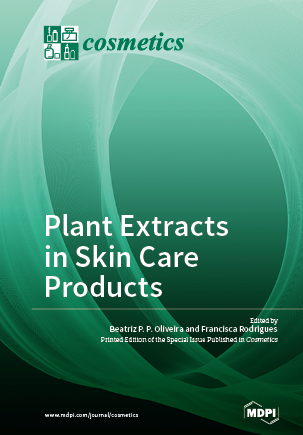
Effect of Phenolic Compounds Extracted from Turmeric (Curcuma longa L.) and Ginger (Zingiber officinale) on Cutaneous Wound Healing in Wistar Rats
2023 Oct 02 Cosmetics Bouchama C, Zinedine A, Rocha JM, Chadli N, El Ghadraoui L, Chabir R, et al.
Experimental Study Animal Study GingerPhenolic extracts from turmeric and ginger have significant anti-inflammatory effects and enhance wound healing in Wistar rats.

Bioactive Compounds and Biological Activities of Turmeric (Curcuma longa L.)
2023 Jan Reference Series in Phytochemistry Jyotirmayee B, Nayak SS, Mohapatra N, Sahoo S, Mishra M, Mahalik G
Review Article Bioactive Compounds Biological Activities TurmericThrough innovative refinement, nanocurcumin, evolved from turmeric's primary component curcumin, has improved characteristics and pharmaceutical potential, particularly in drug delivery systems.
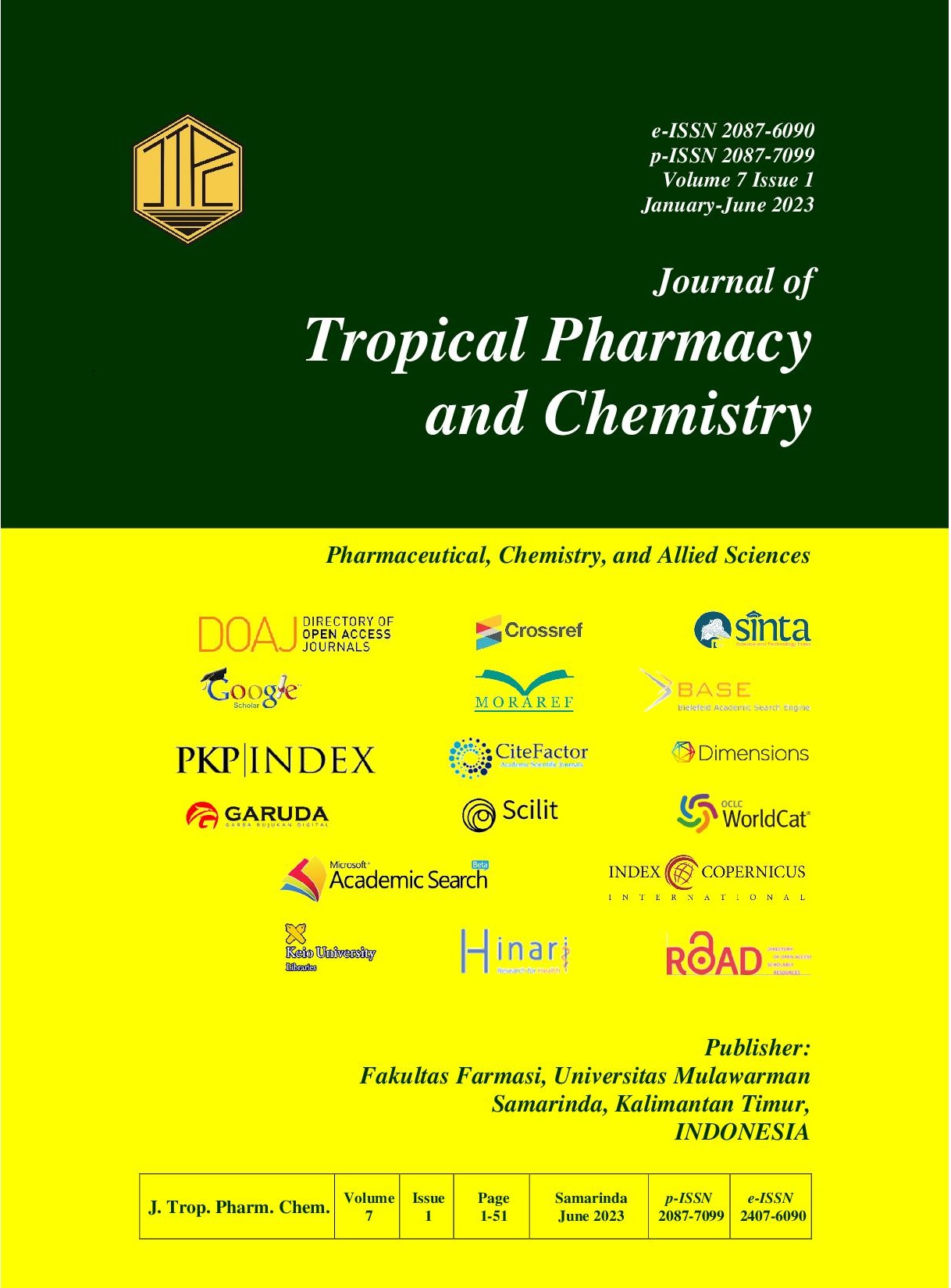
Effect of Combination of Dark Chocolate and Herbal Ingredients for Dysmenorrhea in Late Adolescents
2023 Jan 17 Journal of Tropical Pharmacy and Chemistry Azizah RNP, Anggreini P, Prasetya F
Randomised Controlled Trial Period Pain Dark Chocolate Honey SambilotoThe combination of dark chocolate with herbs could be one of the therapies for period pain.

Revealing the mechanism of raw and vinegar-processed Curcuma aromatica Salisb. [Zingiberaceae] regulates primary dysmenorrhea in rats via integrated metabolomics
2022 Sep 13 Frontiers in Pharmacology Lianlin Su, Huangjin Tong, Jiuba Zhang, Min Hao, Chenghao Fei, De Ji, et al.
The aforementioned results support the conclusion that vinegar-processed Curcuma aromatica Salisb (VCAS) performed better than raw Curcuma aromatica Salisb (RCAS) in primary dysmenorrhea and that vinegar processing increases the efficacy of Curcuma aromatica Salisb (CAS).
Case Report Turmeric Period Pain
Therapeutic mechanism of Curcuma aromatica Salisb. rhizome against coronary heart disease based on integrated network pharmacology, pharmacological evaluation and lipidomics
2022 Aug 09 Frontiers in Pharmacology Fei C, Ji D, Tong H, Li Y, Su L, Qin Y, et al.
This study reveals the characteristics of multi-component and multi-pathway of Curcuma aromatica Salisb. rhizome (CASR) in the treatment of coronary heart disease (CHD), which provides a basis for the follow-up development and utilization of CASR.
Network Pharmacology Turmeric Heart DiseaseResearch insights are moderated by the Research Hub team and offer an at-a-glance overview of interesting research findings.

2023 Cosmetics
Phenolic extracts from turmeric and ginger have significant anti-inflammatory effects and enhance wound healing in Wistar rats.
Experimental Study Ginger
Effect of Phenolic Compounds Extracted from Turmeric (Curcuma longa L.) and Ginger (Zingiber officinale) on Cutaneous Wound Healing in Wistar Rats
Bouchama C, Zinedine A, Rocha JM, Chadli N, El Ghadraoui L, Chabir R, et al.

2023 Journal of Tropical Pharmacy and Chemistry
The combination of dark chocolate with herbs could be one of the therapies for period pain.
Randomised Controlled Trial Dark Chocolate Honey Period Pain Sambiloto
Effect of Combination of Dark Chocolate and Herbal Ingredients for Dysmenorrhea in Late Adolescents
Azizah RNP, Anggreini P, Prasetya F

2023 Reference Series in Phytochemistry
Through innovative refinement, nanocurcumin, evolved from turmeric's primary component curcumin, has improved characteristics and pharmaceutical potential, particularly in drug delivery systems.
Review Article Bioactive Compounds Biological Activities
Bioactive Compounds and Biological Activities of Turmeric (Curcuma longa L.)
Jyotirmayee B, Nayak SS, Mohapatra N, Sahoo S, Mishra M, Mahalik G
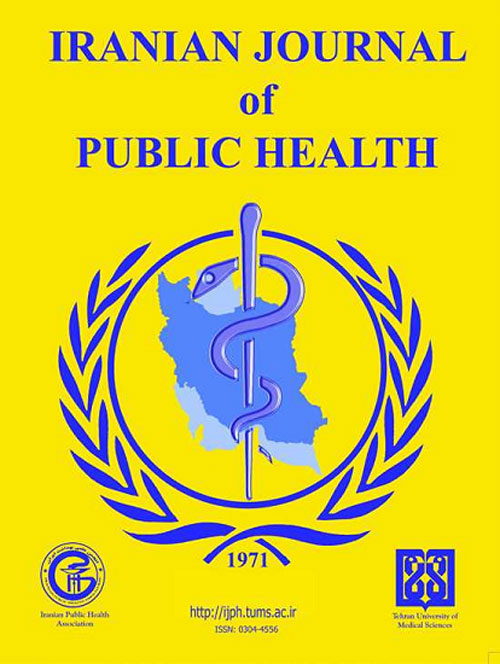
2022 Iranian Journal of Public Health
The application of curcumin and turmeric, due to their anti-inflammatory effects, can alleviate symptoms and improve the quality of life in people with irritable bowel syndrome.
Systematic Review
Turmeric for Treatment of Irritable Bowel Syndrome: A Systematic Review of Population-Based Evidence
Jafarzadeh E, Shoeibi S, Bahramvand Y, Nasrollahi E, Maghsoudi AS, Yazdi F, et al.
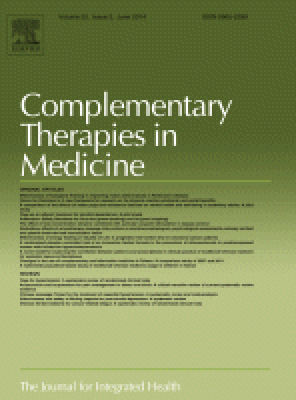
2021 Complementary Therapies in Medicine
Turmeric curcuminoids are associated with better pain relief than NSAIDs in knee osteoarthritis.
Systematic Review Arthritis Knee Osteoarthritis
The efficacy of high- and low-dose curcumin in knee osteoarthritis: A systematic review and meta-analysis
An-Fang Hsiao, Yi-Chieh Lien, I-Shiang Tzeng, Chien-Ting Liu, Sheng-Hsun Chou, Yi-Shiung Horng
Review Articles
Review articles summarise and critically evaluate the current state of research on a specific topic or field by synthesising multiple primary research studies.

Bioactive Compounds and Biological Activities of Turmeric (Curcuma longa L.)
2023 Jan Reference Series in Phytochemistry Jyotirmayee B, Nayak SS, Mohapatra N, Sahoo S, Mishra M, Mahalik G
Review Article Bioactive Compounds Biological Activities TurmericThrough innovative refinement, nanocurcumin, evolved from turmeric's primary component curcumin, has improved characteristics and pharmaceutical potential, particularly in drug delivery systems.

Turmeric for Treatment of Irritable Bowel Syndrome: A Systematic Review of Population-Based Evidence
2022 Jun 14 Iranian Journal of Public Health Jafarzadeh E, Shoeibi S, Bahramvand Y, Nasrollahi E, Maghsoudi AS, Yazdi F, et al.
Systematic ReviewThe application of curcumin and turmeric, due to their anti-inflammatory effects, can alleviate symptoms and improve the quality of life in people with irritable bowel syndrome.

The efficacy of high- and low-dose curcumin in knee osteoarthritis: A systematic review and meta-analysis
2021 Dec Complementary Therapies in Medicine An-Fang Hsiao, Yi-Chieh Lien, I-Shiang Tzeng, Chien-Ting Liu, Sheng-Hsun Chou, Yi-Shiung Horng
Systematic Review Meta-Analysis Knee Osteoarthritis Arthritis TurmericTurmeric curcuminoids are associated with better pain relief than NSAIDs in knee osteoarthritis.
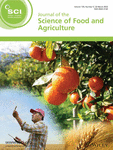
Curcumin, the active substance of turmeric: its effects on health and ways to improve its bioavailability
2021 Jul 14 Journal of the Science of Food and Agriculture Abd El‐Hack ME, El‐Saadony MT, Swelum AA, Arif M, Abo Ghanima MM, Shukry M, et al.
Review Article Health BenefitsCurcumin, derived from turmeric, exhibits an extensive range of biological and medicinal properties, including anti-inflammatory, antioxidant, and antifungal qualities.
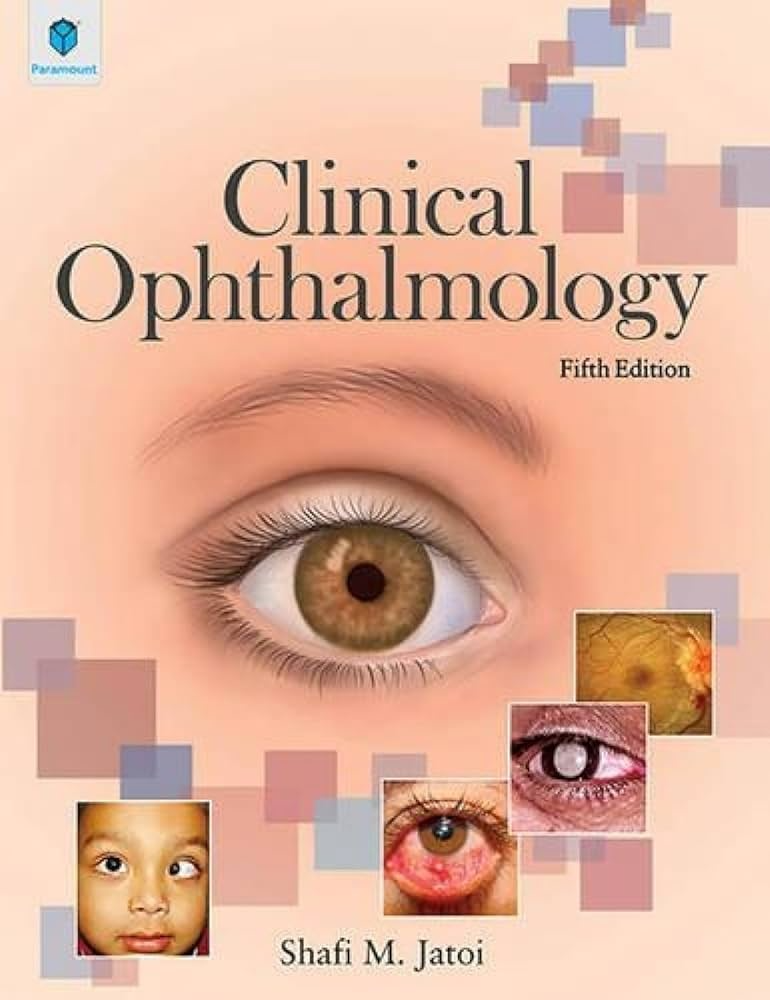
Recent Advances and Disputes About Curcumin in Retinal Diseases
2021 Jun Clinical Ophthalmology Nebbioso M, Franzone F, Greco A, Gharbiya M, Bonfiglio V, Polimeni A
Review Article Turmeric Retinitis PigmentosaCurcumin, with its anti-inflammatory, antioxidant, antimicrobial and antimutagenic properties, is a potential therapeutic agent for retinal diseases.
Clinical Trials
Clinical trials are research studies that involve people and are conducted to evaluate the safety and efficacy of new treatments or interventions, such as drugs, medical devices, or behavioural therapies.
Study Protocols
Published study protocols are detailed plans that outline the objectives, methodology, statistical analyses, and organisation of a research study that have been made publicly available for others to review and use as a reference.
Presentation Slides

Experimental Study
Phenolic extracts from turmeric and ginger have significant anti-inflammatory effects and enhance wound healing in Wistar rats.
Bouchama C, Zinedine A, Rocha JM, Chadli N, El Ghadraoui L, Chabir R, Raoui SM, Errachidi F

Randomised Controlled Trial
The combination of dark chocolate with herbs could be one of the therapies for period pain.
Azizah RNP, Anggreini P, Prasetya F

Review Article
Through innovative refinement, nanocurcumin, evolved from turmeric's primary component curcumin, has improved characteristics and pharmaceutical potential, particularly in drug delivery systems.
Jyotirmayee B, Nayak SS, Mohapatra N, Sahoo S, Mishra M, Mahalik G

Systematic Review
The application of curcumin and turmeric, due to their anti-inflammatory effects, can alleviate symptoms and improve the quality of life in people with irritable bowel syndrome.
Jafarzadeh E, Shoeibi S, Bahramvand Y, Nasrollahi E, Maghsoudi AS, Yazdi F, KarkonShayan S, Hassani S

Systematic Review
Turmeric curcuminoids are associated with better pain relief than NSAIDs in knee osteoarthritis.
An-Fang Hsiao, Yi-Chieh Lien, I-Shiang Tzeng, Chien-Ting Liu, Sheng-Hsun Chou, Yi-Shiung Horng

Review Article
Curcumin, derived from turmeric, exhibits an extensive range of biological and medicinal properties, including anti-inflammatory, antioxidant, and antifungal qualities.
Abd El‐Hack ME, El‐Saadony MT, Swelum AA, Arif M, Abo Ghanima MM, Shukry M, Noreldin A, Taha AE, El‐Tarabily KA

Review Article
Curcumin, with its anti-inflammatory, antioxidant, antimicrobial and antimutagenic properties, is a potential therapeutic agent for retinal diseases.
Nebbioso M, Franzone F, Greco A, Gharbiya M, Bonfiglio V, Polimeni A
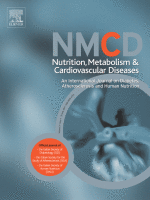
Systematic Review
Consumption of certain foods like rapeseed/canola oil, avocados, and turmeric can lead to moderate to large reductions in LDL cholesterol levels.
Schoeneck M, Iggman D
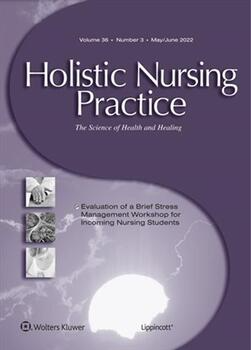
Animal Study
Curcumin's potential anxiolytic and antidepressant impacts do not significantly alter behavior or interact with the benzodiazepine site of the gamma-aminobutyric acid receptor A.
Ceremuga TE, Helmrick K, Kufahl Z, Kelley J, Keller B, Philippe F, Golder J, Padrón G
Executive Summary
Write an executive summary in the form of a blog article on the topic of "Research into Chinese medicine treatment for Turmeric" summarising the research below and using language that can be easily understood by patients and avoiding medical jargon using a professional and caring tone of voice.
Write an executive summary in the form of a blog article on the topic of "Researched Chinese medicine treatments for Turmeric" summarising the research below in an objective and easy to understand way, and using language that can be easily understood by patients. Group the article into Chinese medicine treatments first, followed by nutrition and other treatments. Avoid using medical jargon and use a professional and caring tone of voice.
Write me a concise but easy to understand executive summary on the topic of "Chinese medicine treatments for Turmeric" based on the following research that I will give you. Your summary should be 2 paragraphs long in Australian English spelling and include references to the studies.
A Experimental Study published in 2023 in the journal Cosmetics found that Phenolic extracts from turmeric and ginger have significant anti-inflammatory effects and enhance wound healing in Wistar rats. The study utilised the solid-liquid extraction method to obtain phenolic extracts from turmeric and ginger rhizomes. Using Wistar rats as a biological model, the researchers examined the anti-inflammatory effects of the extracts by observing the decrease in edema volume in the rat's hind paw following treatment. Moreover, the healing process of purposefully induced burns on the rat's dorsal region was monitored to evaluate the healing activity. In the discussion of the results, it was observed that the application of creams containing the mentioned extracts resulted in complete healing after 19 days, a marked improvement compared to the control group, which only achieved 60% healing. The extracts demonstrated different levels regarding tissue repair at day 14, showing their respective potency. The study also identified diverse molecular weight distribution of phenolic compounds within the extracts, suggesting potential influence on how they affect anti-inflammatory and wound healing activities.
A Randomised Controlled Trial published in 2023 in the journal Journal of Tropical Pharmacy and Chemistry found that The combination of dark chocolate with herbs could be one of the therapies for period pain. This test was conducted on 30 respondents who were divided into three groups, namely the positive control group (K), dark chocolate (C), and a combination of dark chocolate with herbs (C+H). Dark chocolate was combined with herbal ingredients consisting of turmeric, red ginger, moringa, sambiloto extract, and honey as a beverage 250 mL. The study is quantitative research with quasi-experimental method. Pain measurement using the Numeric Rating Scale (NRS) sheet was given before and 2 hours after treatment. The data was analyzed using paired t-test. State the results of the values obtained the combination of dark chocolate and herbs showed a significant reduction in pain before and after treatment (p<0.05).
A Review Article published in 2023 in the journal Reference Series in Phytochemistry found that Through innovative refinement, nanocurcumin, evolved from turmeric's primary component curcumin, has improved characteristics and pharmaceutical potential, particularly in drug delivery systems. The methodology of the research involved analyzing the cultivation, storage, and surrounding environmental factors crucial to turmeric production, such as soil condition and climate. This was intertwined with investigations into the chemical composition of turmeric, focusing mainly on curcumin, its main component. Moving forward, the study then evaluated curcumin analogs and formulations, leading to a deep dive into the relatively new development of nanocurcumin. The discussion of the research results revealed several interesting findings. Firstly, turmeric exhibited a variety of useful properties, highlighting its role in traditional medicine and livelihood in Indian tribes. Most importantly, the research concluded the impressive potential of nanocurcumin. This altered form of curcumin showed not only enhanced characteristics but also possible applications in the pharmaceutical field, specifically for drug delivery systems.
A Systematic Review published in 2022 in the journal Iranian Journal of Public Health found that The application of curcumin and turmeric, due to their anti-inflammatory effects, can alleviate symptoms and improve the quality of life in people with irritable bowel syndrome. The research was conducted by conducting a systematic review of all available evidence regarding the therapeutic potential of curcumin and turmeric for relief from irritable bowel syndrome symptoms. Database searches were undertaken across various reputable sources, namely Web of Science, Pub-Med, Scopus, Ovid, Embase, and Google Scholar. The terms used for this search included 'curcumin', 'turmeric', and 'IBS'. The timeline for these studies spanned from 1990 to February 2021. The focus was particularly placed on clinical trials, from which nine relevant articles were gathered for data analysis. The results from the gathered literature showed that curcumin and turmeric, used alone or combined with other medications, could positively impact the severity of irritable bowel syndrome. This was particularly apparent with symptoms such as abdominal pain, leading to an overall improvement in life quality for people dealing with irritable bowel syndrome. This improvement is attributed to the anti-inflammatory effects of curcumin and turmeric.
A Systematic Review published in 2021 in the journal Complementary Therapies in Medicine found that Turmeric curcuminoids are associated with better pain relief than NSAIDs in knee osteoarthritis. The meta-analysis results showed that curcuminoids were significantly more effective than comparators regarding visual analogue scale (VAS) and Western Ontario and McMaster Universities Arthritis Index (WOMAC) pain scores. However, no significant difference in pain relief or AEs between the high-dose (daily dose ≥1000 mg or total dose ≥42 gm) and low-dose (daily dose <1000 mg or total dose <42 gm) curcuminoid treatments was observed. When comparing curcumininoids versus NSAIDs, a significant difference in VAS pain was found. For AE analysis, three of our included studies used NSAIDs as comparators, with all reporting higher AE rates in the NSAID group, though significance was reached in only one study.
A Review Article published in 2021 in the journal Journal of the Science of Food and Agriculture found that Curcumin, derived from turmeric, exhibits an extensive range of biological and medicinal properties, including anti-inflammatory, antioxidant, and antifungal qualities. The research examines turmeric extracts, specifically focusing on curcumin, a yellow biocomponent. An array of its medicinal and biological properties is explored, particularly anti-inflammatory, antioxidant, and antifungal attributes. Traditionally used in various cultures for a range of health issues like inflammation, cough, wounds, liver disorders, and cancers, curcumin's extensive application in treating a variety of diseases potentially positions it as a significant component in modern medicine. The study also notes the successful tolerance of curcumin at high doses with no adverse effects. The analysis extends to the preferred methods for the encapsulation of curcumin, detailing techniques such as nanocomplexing, gelation, complex coacervation, electrospraying, and solvent-free pH-driven encapsulation. These methods have demonstrated effectiveness in encapsulating curcuminoids. Moreover, the chemical traits of curcumin are also highlighted, providing a basis for further potential applications in the development of health-promoting functional products.
A Review Article published in 2021 in the journal Clinical Ophthalmology found that Curcumin, with its anti-inflammatory, antioxidant, antimicrobial and antimutagenic properties, is a potential therapeutic agent for retinal diseases. This review paper uses various pieces of research from the literature to detail the characteristics of curcumin, a molecule produced by plants. The paper particularly focuses on the beneficial and controversial aspects of curcumin. It talks about the retina's susceptibility to oxidative stress due to its cell composition and constant exposure to photons, highlighting that retinal ganglion cells and photoreceptors are particularly sensitive to oxidative damage. The paper also points to studies that link an imbalance in reactive oxygen species to a wide range of retinal diseases. In the discussion of results, it is stated that a number of studies suggest that curcumin can be well tolerated by humans when taken orally and does not tend to have negative effects, making it a promising candidate for retinal disease treatment. However, a primary limitation is curcumin's poor bioavailability; the body can only absorb a small fraction of the substance as an active compound. Despite that, efforts have been made to improve curcumin's accessibility to target tissues in sufficient quantities.
A Systematic Review published in 2021 in the journal Nutrition, Metabolism and Cardiovascular Diseases found that Consumption of certain foods like rapeseed/canola oil, avocados, and turmeric can lead to moderate to large reductions in LDL cholesterol levels. The research was carried out by conducting a systematic evaluation of existing guidelines, systematic reviews, and Randomised Control Trials (RCTs); we have only referred to the latter for studies on coffee intake. This was done on databases such as PubMed, Cochrane Database of Systematic Reviews, and Cochrane Central Register of Controlled Trials, alongside a search on the Trip database for guidelines. The time frame for the study was from its inception up until June 2019 and October 2019 respectively. Studies were included if they were at least 13 days in duration and were in English. Using the Grading of Recommendations Assessment, Development, and Evaluation (GRADE) method, 37 guidelines, 108 systematic reviews, and 20 RCTs were evaluated to analyze the strength of evidence in the context of food impacts on LDL cholesterol levels. The results of the research reveal that foods high in unsaturated and low in saturated and trans fatty acids such as rapeseed or canola oil, those with added plant sterols/stanols, and those high in soluble fibre like oats, barley and psyllium cause moderate reductions in LDL cholesterol. A moderate to a large increase was observed with unfiltered coffee though. Soy protein, tomatoes, flaxseeds, and almonds cause small reductions. Meanwhile, foods like avocados and turmeric cause moderate to large reductions with a moderate level of evidence supporting this observation. Other foods like pulses, hazelnuts, walnuts, high-fiber/wholegrain foods, green tea result in small to moderate reductions, and sugar causes a small increase. Several foods identified were either neutral or had low or very low evidence regarding their effects on LDL cholesterol levels.
A Animal Study published in 2017 in the journal Holistic Nursing Practice found that Curcumin's potential anxiolytic and antidepressant impacts do not significantly alter behavior or interact with the benzodiazepine site of the gamma-aminobutyric acid receptor A. In this study, a prospective, between-subjects group design was employed. The subjects were 55 male Sprague-Dawley rats randomly split into five groups, each given different intraperitoneal injections: a control group, curcumin, curcumin with flumazenil, midazolam alone, and midazolam with curcumin. Behavioral observations were conducted with the aid of the elevated plus maze, open field test, and forced swim tests. A two-tail multivariate analysis of variance was deployed for data analysis. The results showed that, according to the behavioral tests, curcumin did not generate any notable signs of anxiety-relieving or mood-lifting effects. It was also noticed that curcumin didn't show any interactive tendencies with the GABAA receptor's benzodiazepine site. The team therefore concluded that curcumin didn't produce any significant outcomes on these aspects of mental health modulation as was purposed in the initial hypothesis.
Moderation Tools
Topic
Sign In
Users not signed in are limited to viewing the 5 most recent items of content.
Dark chocolate was combined with herbal ingredients consisting of turmeric, red ginger, moringa, sambiloto extract, and honey as a beverage (250 mL). —Jinnan C 29 Oct 2023